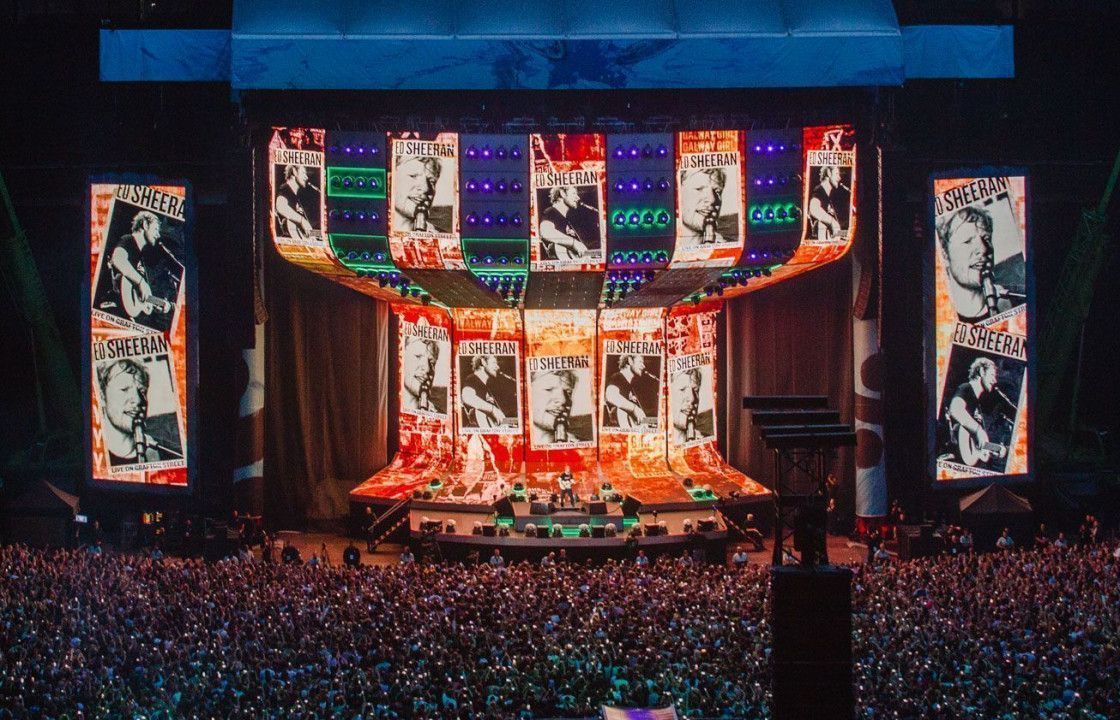Exploring How Definition Affects the Performance and Aesthetic Quality of LED Screens in Modern Exhibition Techniques
Exploring How Definition Affects the Performance and Aesthetic Quality of LED Screens in Modern Exhibition Techniques
Blog Article
Light Emitting Diode screens are becoming more and more common in various environments, from musical events and athletic events to business presentations and creative exhibits. One of the most crucial elements that influence the performance and visual quality of these displays is image clarity. Resolution denotes the quantity of pixels that make up the visual on the display. Higher resolution indicates additional pixels, which can result in sharper and clear visuals. Grasping how resolution affects LED walls can assist operators make knowledgeable decisions about their display needs.
When talking about image clarity, it is crucial to take into account picture spacing, which is the gap between the midpoint of one picture element to the midpoint of the following picture element. A smaller pixel pitch yields a higher resolution, allowing for more detail in the visuals shown. For instance, an LED wall with a pixel pitch of 1.5mm will provide a clearer visual than one with a picture spacing of 3mm. This is particularly crucial in settings where audiences are near to the display, such as in a compact venue or a exhibition show booth. In these cases, a greater image clarity can significantly enhance the viewing experience.
Another aspect of resolution is its effect on hue precision and luminosity. LED screens with greater image clarity often have better color reproduction, meaning that the hues displayed are more vibrant and true to life. This is essential for uses like advertising, where the goal is to attract interest and communicate a message effectively. Additionally, greater image clarity screens can preserve brightness levels even when viewed from various angles. This is crucial in big venues where viewers may be seated at different ranges and angles from the screen.
The performance of LED screens is also affected by image clarity in terms of update frequencies and reaction durations. A greater image clarity screen can support faster refresh frequencies, which is crucial for fast-moving material such as films and motion graphics. This indicates that the visuals on the display will look more fluid and increasingly seamless, improving the total viewing experience. In contrast, lower resolution displays may struggle with fast-moving material, leading to blurriness or lag. click to find out more Therefore, for events that rely on high-energy visuals, selecting a display with a appropriate resolution is critical.
In conclusion, resolution plays a vital role in defining the functionality and image clarity of LED screens. Elements such as picture spacing, hue accuracy, brightness, refresh rates, and response times all affect how efficiently a screen can communicate data and capture audiences. As technology continues to advance, understanding these elements will help operators choose the appropriate LED screen for their particular requirements, ensuring that they obtain the best possible results in their presentations and events.